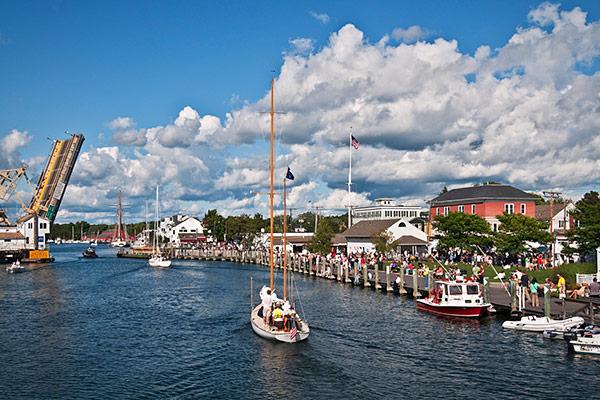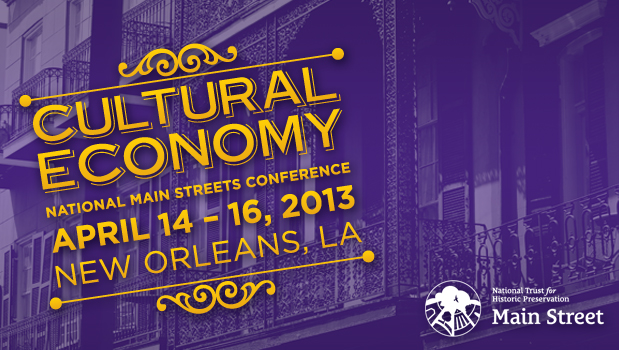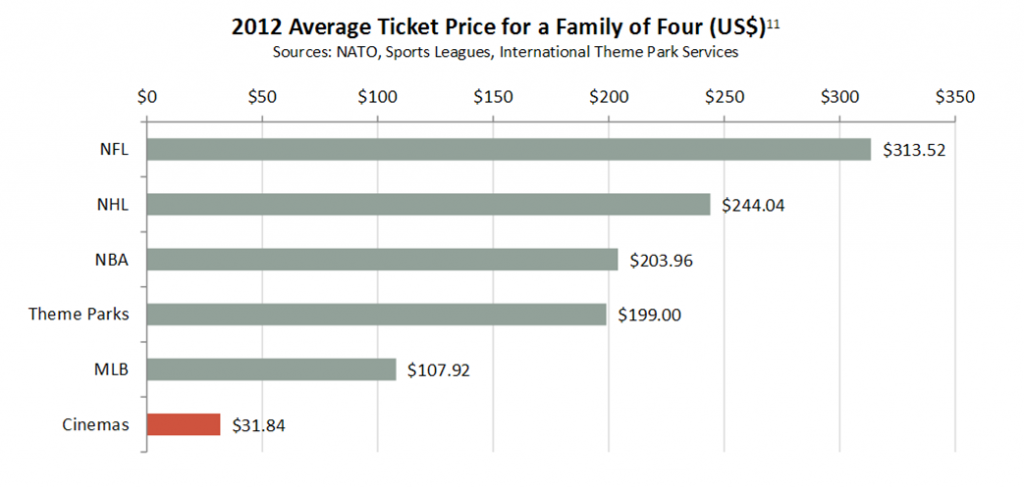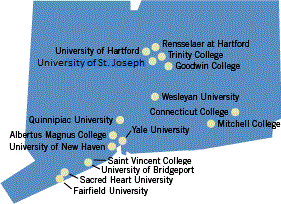Hometown Names Go Beyond Hometown for Connecticut Banks
/
What’s in a name? In the banking industry in Connecticut, quite often it is the name one of the state’s towns. Although there are more than two dozen out-of-state banks dotting our landscape, nearly an equal number of locally-based institutions have not only adopted the name of their hometown, they’re keeping that name even as the venture into neighboring communities – and well beyond.
Does Farmington Bank have the same cache in South Windsor? Or Newington? Does Rockville Bank sound as inviting in West Hartford as in Vernon? Essex Savings Bank in Madison? Jewett City Savings Bank (“your hometown bank”) in Brooklyn? Simsbury Bank in Bloomfield? Or Savings Bank of Danbury, in Waterbury?
The recent opening of Rockville Bank’s first west-of-the-river branch in West Hartford (joining 18 east of the Connecticut River), nearly simultaneous with Farmington Bank’s opening  in South Windsor and Newington Center, reflects the growing trend of “hometown” banks expanding their footprint beyond the four corners of their town borders – and seeing no need to change the name on the door.
in South Windsor and Newington Center, reflects the growing trend of “hometown” banks expanding their footprint beyond the four corners of their town borders – and seeing no need to change the name on the door.
In fact, last year Farmington Bank - now with 20 branches in central Connecticut - was recognized as the #1 small business lender in the state by the Small Business Administration (SBA) of Connecticut. For SBA's fiscal year 2011-12, Farmington Bank approved 57 loans, totaling $8,628,000.
The town names doing double-duty as bank names: Fairfield, New Canaan, Groton,Darien, Essex, Farmington, Greenwich, Suffield, Guilford, Jewett City, Litchfield, Milford, Naugatuck, Putnam, Rockville, Salisbury, Danbury, Simsbury, Stafford, Thomaston, Torrington, Wilton and Windsor.
And then there is Connecticut Community Bank, which operates five divisions, using five different names, which each utilize the names of their local communities in Darien, Greenwich, Norwalk, Stamford, and Westport.
Not to mention the regional institutions… from Fairfield County Bank to Northw est Community Bank, Naugatuck Valley Savings and Loan to Bank of Southern Connecticut and Eastern Savings Bank. There’s also the Quinnipiac Bank & Trust Company – not quite a region, but not quite a town. (Not connected with the university – neither is Southern or Eastern in the previous group.)
est Community Bank, Naugatuck Valley Savings and Loan to Bank of Southern Connecticut and Eastern Savings Bank. There’s also the Quinnipiac Bank & Trust Company – not quite a region, but not quite a town. (Not connected with the university – neither is Southern or Eastern in the previous group.)
There is also Union Bank with 19 locations in Western Connecticut, which has nothing to do with the town of Union, clear across on the other side of the state. And some local banks, such as The Community’s Bank with a single location in Bridgeport, or three of the state’s largest, Bridgeport-headquartered People’s United, Waterbury-headquartered Webster, and Middletown-headquartered Liberty Bank, which are very much homegrown but without the name of the their hometown in their moniker.
The list more than two-dozen banks, with a hometown in their name, according to the State Department of Banking:
First National Bank of Suffield










































